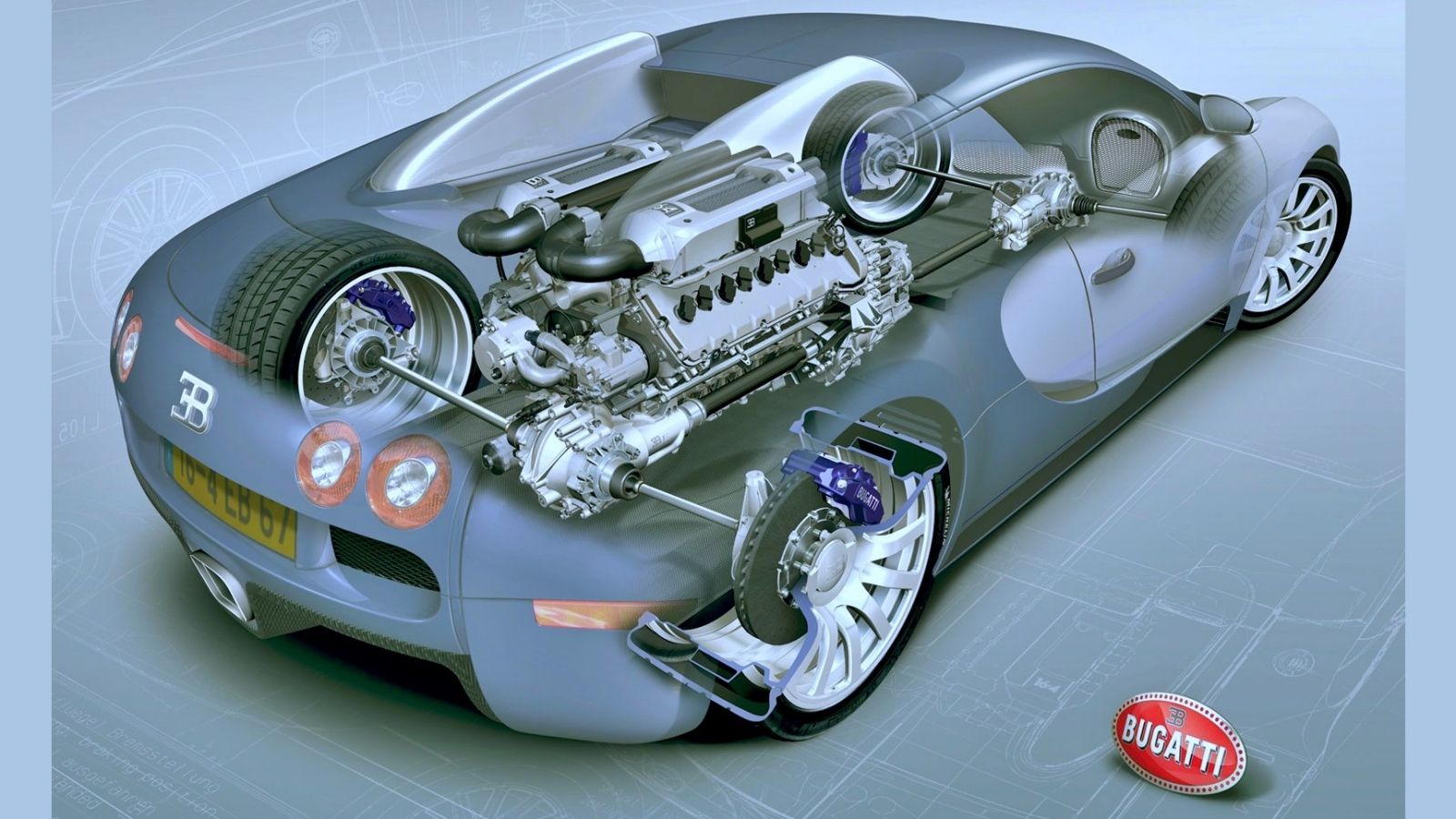Engines for Africa: Find Affordable and Dependable Auto Components Here!
Engines for Africa: Find Affordable and Dependable Auto Components Here!
Blog Article
The Pursuit for Ultimate Driving Power: Examining the Peak of Engine Performance and Technological Innovations in the Automotive Sector
In the world of auto design, the quest of optimum driving power has actually been an unrelenting mission that has unfolded through the evolution of engine design and the integration of innovative modern technologies. From the careful craftsmanship of burning engines to the quick advancements in electrical propulsion systems, the automotive sector stands at the cusp of a new age identified by unmatched efficiency abilities.
Development of Engine Style

Additionally, the combination of turbocharging and turbo charging technologies has actually revolutionized engine style by improving power without significantly raising engine size. These forced induction systems press the intake air, enabling more fuel to be combusted, thus creating higher power output from a smaller engine. This innovation has been particularly vital in improving the efficiency of smaller displacement engines while preserving gas efficiency criteria.

Performance-Enhancing Fuel Technologies
The application of innovative gas technologies has substantially contributed to boosting engine performance in contemporary vehicles. Biofuels, obtained from sustainable sources like corn, algae, or sugarcane, offer minimized exhausts and enhanced engine effectiveness. Additionally, gas additives and cleaning agents are being formulated to tidy engine parts, optimize burning, and minimize friction, thus improving total vehicle performance.
Developments in Electric Propulsion
Substantial strides in electric propulsion modern technology have actually reinvented the automotive sector, paving the way for a new era of sustainable and reliable transportation. Electric lorries (EVs) are gaining appeal because of their environmental benefits and developments in battery technology, enabling longer driving ranges and shorter billing times. Suppliers are spending heavily in r & d to boost the performance of electric propulsion systems, concentrating on boosting power outcome, enhancing energy performance, and minimizing total weight.
One noteworthy breakthrough in electrical propulsion is the development of innovative electric motors that deliver higher torque and power density, resulting in improved acceleration and total driving performance. In addition, regenerative braking systems have been refined to catch and save power during slowdown, further boosting the performance of EVs.
Furthermore, the combination of clever technologies, view such as expert system and predictive analytics, is maximizing the administration of electrical propulsion systems, ensuring ideal efficiency under various driving conditions. These advancements in electric propulsion are improving the auto landscape, driving the industry in the direction of a more sustainable and electrified future.
Impact of Computational Fluid Dynamics
With site advancements in electric propulsion pushing the limits of vehicle innovation, the combination of Computational Fluid Characteristics is playing a pivotal role in enhancing aerodynamic efficiency and enhancing total effectiveness in vehicle style. Computational Fluid Dynamics (CFD) includes using computer simulations to evaluate the flow of air around a vehicle, making it possible for designers to forecast how style modifications will certainly impact aerodynamics without the requirement for pricey physical prototypes. By precisely modeling air movement patterns, CFD permits the refinement of lorry forms to reduce drag, enhance air conditioning, and improve stability.
CFD allows engineers to maximize air movement around elements such as radiators, engine bays, and wheel wells, adding to enhanced performance and overall driving experience. In verdict, the integration of Computational Fluid Characteristics represents a substantial action forward in the pursuit for best driving power and performance in the automotive industry.
Future Fads in Engine Innovation
In the vibrant landscape of automotive engineering, cutting-edge advancements are shaping the future trajectory of engine technology. The future of engine style is marked by a strong focus on efficiency, sustainability, and efficiency. Suppliers are increasingly concentrating on developing engines that not only provide high power outcomes however also focus on environmental responsibility by enhancing and reducing exhausts gas efficiency.
One popular fad in engine technology is the increase of electrification. Crossbreed and electric powertrains are getting traction as practical options to traditional burning engines. These technologies use the possibility for substantial read decreases in carbon discharges and raised energy efficiency, aligning with international efforts to deal with environment change.
In addition, developments in materials scientific research and manufacturing techniques are enabling the production of lighter and more sturdy engine parts. This shift towards lightweight materials such as carbon fiber and aluminum alloys contributes to enhanced performance and gas economic situation.
Final Thought
To conclude, the quest of best driving power in the automobile field proceeds to drive developments in engine design, fuel modern technologies, electrical propulsion, and computational liquid dynamics. The development of these innovations is shaping the future of engine technology, leading the way for a lot more efficient and effective automobiles (engines for africa). As the industry remains to push the limits of what is feasible, we can anticipate to see a lot more groundbreaking growths in the pursuit for peak performance
One of the vital milestones in engine design advancement is the transition from standard carbureted engines to contemporary fuel-injected systems. By precisely metering the fuel shipment to each cyndrical tube, fuel-injected engines optimize combustion, resulting in better efficiency and minimized ecological effect.
Moreover, the assimilation of turbocharging and supercharging innovations has actually revolutionized engine design by enhancing power without considerably increasing engine dimension (engines for africa).The application of innovative gas modern technologies has significantly added to boosting engine efficiency in contemporary cars. Furthermore, gas ingredients and detergents are being created to tidy engine parts, optimize combustion, and decrease rubbing, thus boosting overall car efficiency
Report this page